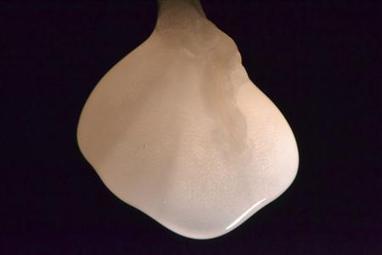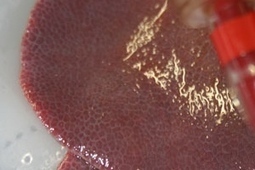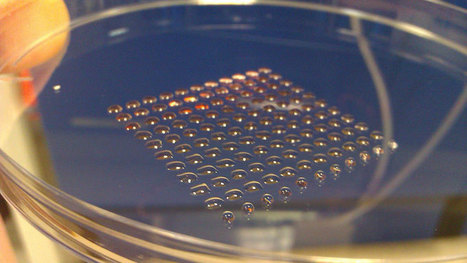MIT engineer Sangeeta Bhatia and colleagues have have identified a dozen chemical compounds that can help liver cells maintain their normal function while grown in a lab dish and also multiply to produce new tissue.
Cells grown this way could help researchers develop engineered tissue to treat many of the 500 million people suffering from chronic liver diseases such as hepatitis C, according to the researchers.



 Your new post is loading...
Your new post is loading...












![How 3D Printing The Human Body Works [Infographic] | Longevity science | Scoop.it](https://img.scoop.it/sUhpnZ0d6cOt-PdzGSKqczl72eJkfbmt4t8yenImKBVvK0kTmF0xjctABnaLJIm9)





